How the STEN Submachine Gun Helped the British Army During WWII
Machine guns began to see use in warfare toward the end of the 1800s, and throughout the 20th century the technology behind the weaponry rapidly improved. Countries were focused on having machine guns that were powerful, but also cost-efficient.
This is the story of how the STEN submachine gun helped save the British Army during the Second World War.
A desperate British Army
The British began fighting in WWII with Thompson submachine guns purchased from the United States. While the Thompson was a high quality weapon, it was also expensive. In 1939, the United Kingdom was purchasing the submachine gun for $200.00 a pop. By 1941, the price had decreased to around $70.00 – far less, but still a hefty sum.
During the evacuation of Dunkirk, the British ended up losing a large number of their submachine and machine guns.
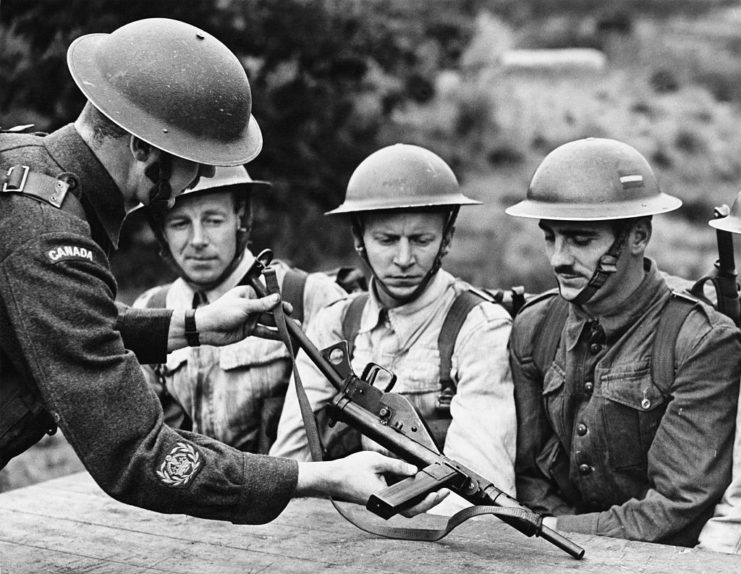
In 1941, the US officially entered the war. This made procuring additional Thompson submachine guns difficult. Concerned about the possibility of a German invasion of the UK, the British Army commissioned the Royal Small Arms Factory in Enfield to develop a new submachine gun. Not only did it need to be capable, it also needed to be low-cost and easy to manufacture.
The STEN submachine gun’s design
The British knew they had a submachine gun problem for years, but hadn’t committed to making one of their own. They’d solely relied on buying such weapons from other major military powers. A member of the ordnance board laid out what was needed, saying, “The most important consideration at the moment seems to be to get some form of machine carbine acceptable to all three services into production as quickly as possible.”
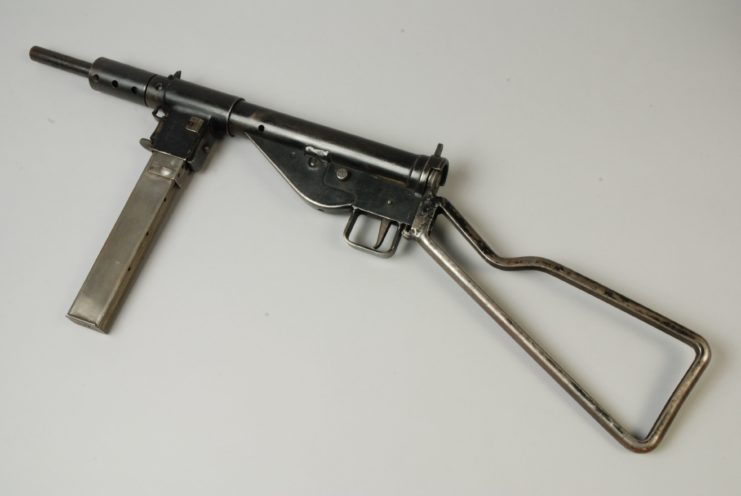
The blowback-operated STEN submachine gun was designed by Maj. Reginald V. Shepherd and Harold J. Turpin. It was made from stamped metal and required little welding, allowing much of the production to be done in small factories, with the assembly completed in Enfield. The simplified trigger mechanism only had two moving parts.
Most importantly, the submachine gun was incredibly cheap to produce. While the UK was buying Thompson guns for $70.00, they could produce a STEN for around $11.00.
The STEN submachine gun hits the battlefield
The name behind the STEN submachine gun was simple. Its designers simply took the “S” from Shepherd and the “T” from Turpin and added the first two letters from Enfield. It didn’t take long for it to hit the battlefield, where British soldiers were unimpressed. The weapon was rather simple and nowhere near as impressive as their former rifles.
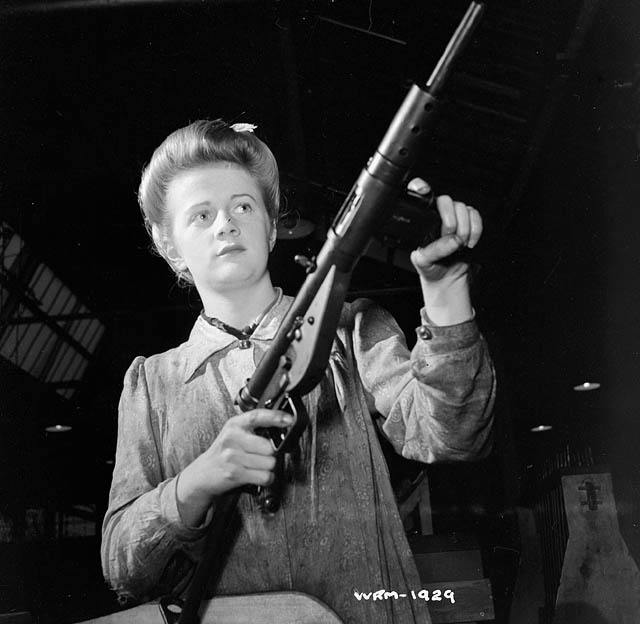
Most importantly, however, the STEN was capable. No weapon is perfect, and the British quickly figured out how to best use the submachine gun. As British parachutist Alan Lee later noted, “When you went into a village or went into a house, whatever it was, it was a reliable weapon. It wasn’t a reliable instrument for anything over 100 yards, but for anything close-quarters, it was very reliable.”
Early hiccups
Soldiers soon had the STEN submachine gun in their hands. Unfortunately, the early returns were not good, with many of the issues because it had been rushed into production. Troops complained of it malfunctioning and backfiring.
Like most weapons, the STEN was frequently updated and saw numerous variants enter production. For the most part, the issues soldiers were having were fixed through these updates, but not always. For example, the Mk II and III were known to accidentally discharge if dropped while cocked, while others would fire full-automatic, despite being placed on “single,” and vice versa.
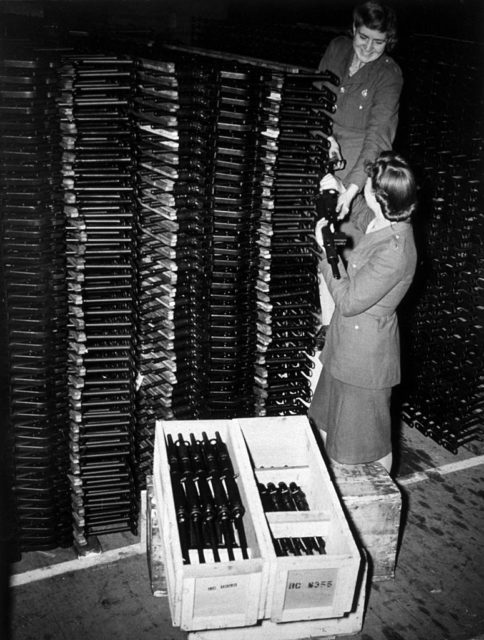
Most importantly, the submachine gun leveled the playing field between German and British troops, especially in close-range combat. It was also airdropped to resistance fighters across Europe. The STEN worked better as its manufacturers had more time to work on its design, and soldiers became better trained as time went on. They also learned how to properly maintain the weapon.
As the war went on, it became a powerful tool in the Allied victory.
The STEN submachine gun’s legacy
The STEN submachine gun had a long life after helping the Allies emerge victorious in WWII. The British continued to use it until the 1960s, replacing it with the Sterling submachine gun, and it saw action during the Korean War. Canadian troops continued to use the gun for many years, as well.
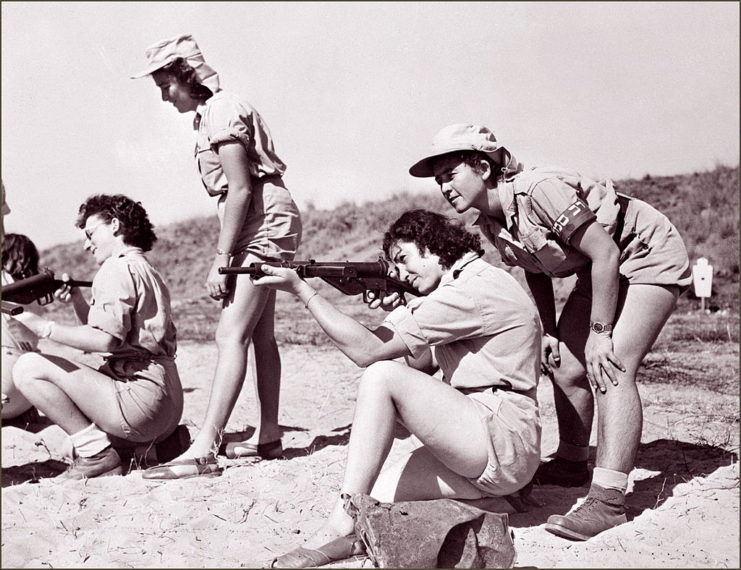
Perhaps the greatest legacy of the STEN was its use by the Israeli Army. The weapon was one of the few the State of Israel could produce during the 1948 Arab-Israeli War. A STEN was also used to assassinate Indira Gandhi, India’s third prime minister, in 1984, and was seen on the battlefield in both the Second Sino-Japanese and Chinese Civil wars.
The post How the STEN Submachine Gun Helped the British Army During WWII appeared first on warhistoryonline.
Post a Comment
0 Comments